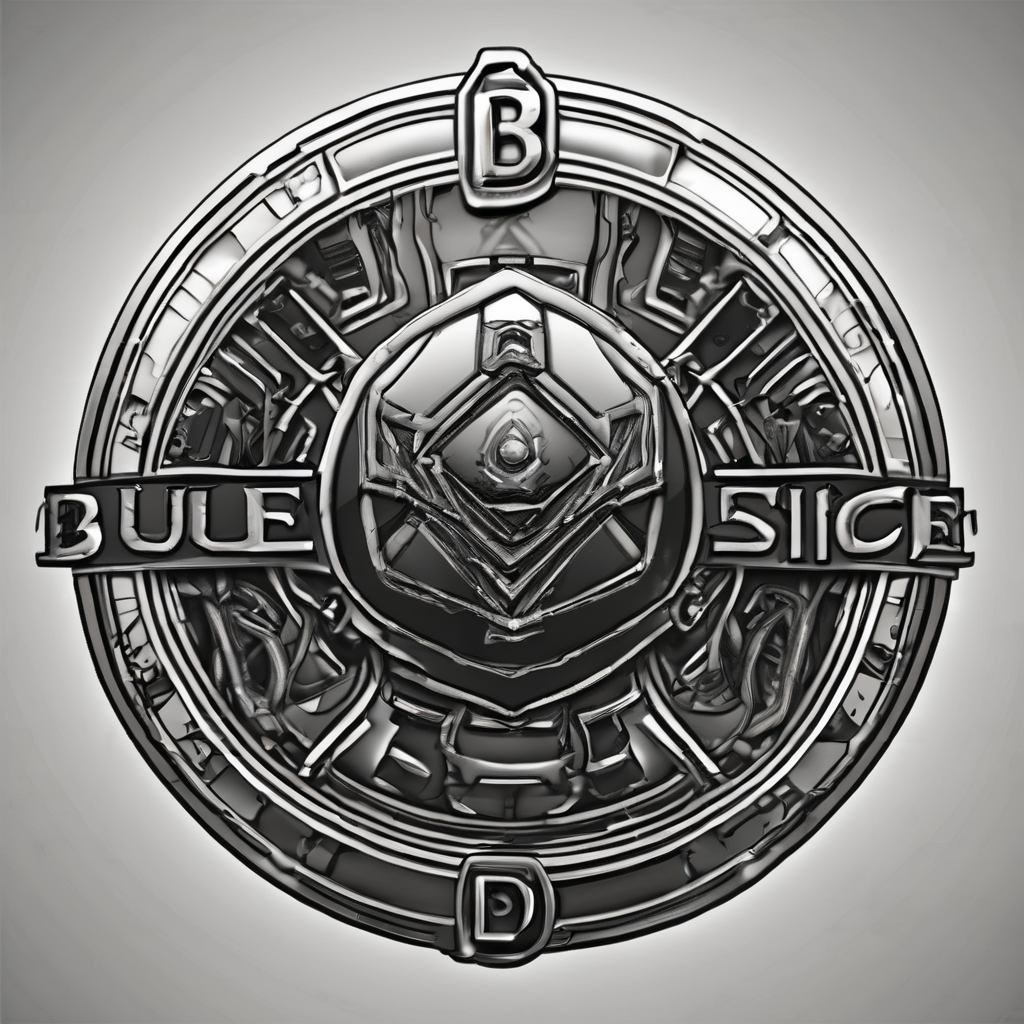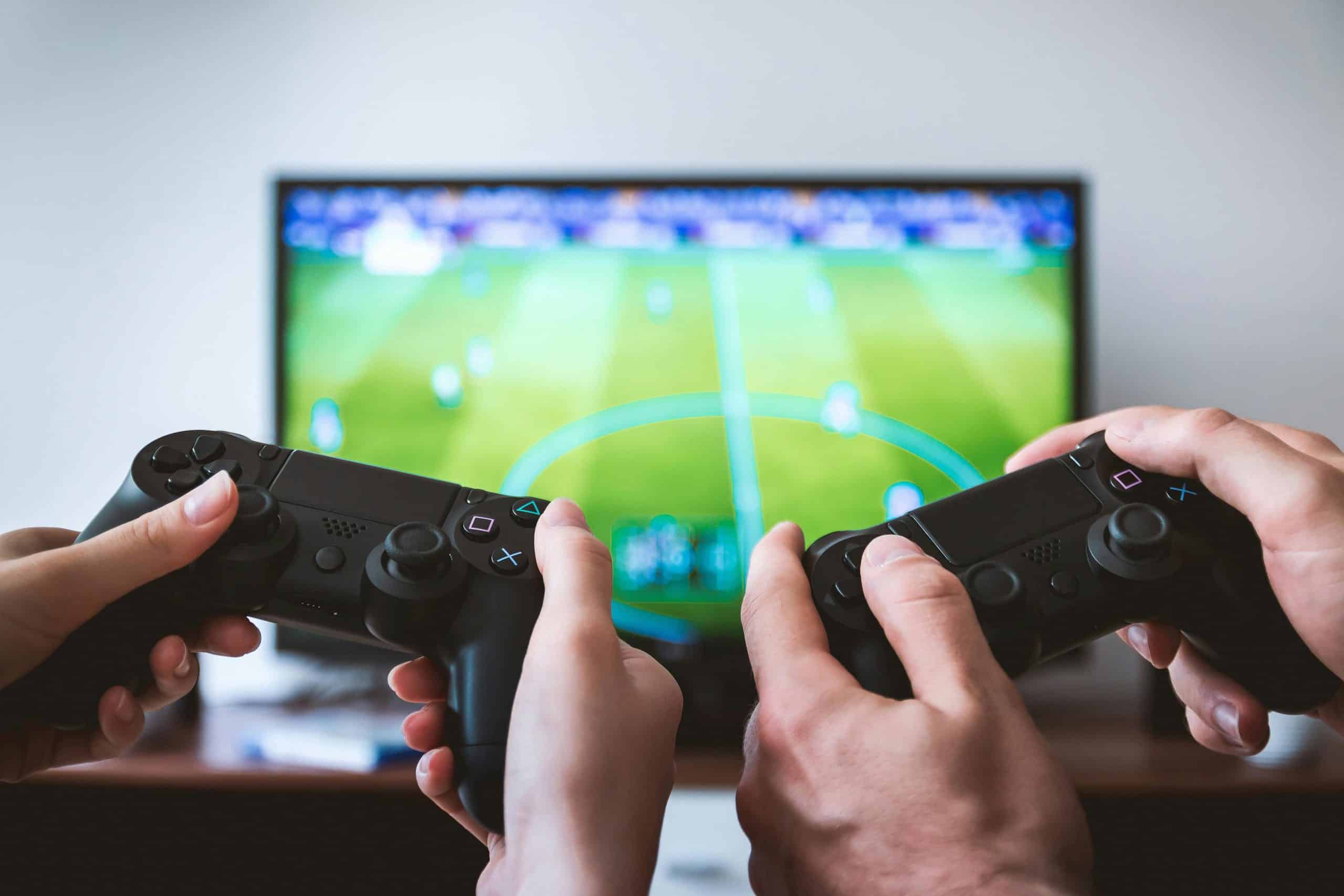As technology continually evolves, so does the world of gaming, and the gaming industry is always on the lookout for innovative solutions to improve the quality of game development. One such technology making waves in the gaming world is machine learning. With its ability to analyze and learn from data, machine learning can revolutionize the way developers test their games. But just how can developers harness the power of machine learning to enhance their game testing processes? Let’s delve in and find out.
Machine Learning: A Powerful Tool for Game Testing
Machine learning, in essence, is the use of algorithms to parse data, learn from it, and then apply what’s been learned to make more informed decisions. It’s a field of study in artificial intelligence (AI) that’s been around for quite a while but has only recently begun to show its true potential in a variety of sectors, including gaming.
Lire également : What are the benefits of real-time ray tracing for creating dynamic shadows in horror games?
The application of machine learning in game testing can be a game-changer. Traditional game testing methods are often time-consuming and labor-intensive. With the introduction of machine learning, developers are given a power tool that can automate the testing process, providing quicker and more accurate results.
Identifying Player Preferences Through Machine Learning
One of the major aspects of game testing is understanding the user or player experience. This involves studying how players interact with the game, which features they like, and what areas need improvement. Machine learning can greatly assist in this area.
A découvrir également : What are the key considerations for designing user-friendly in-game marketplaces?
Machine learning algorithms can analyze player data to determine patterns and trends. This data can be leveraged to create a more personalized and immersive gaming experience. For instance, these algorithms can observe how players react to certain levels or challenges in the game, and this information can be used to tweak the game design to better fit the player’s preferences.
Further, machine learning can help predict player behavior. This foresight can be invaluable in game testing, as developers can anticipate problems players might encounter and address them proactively, thereby substantially improving the overall quality of the game.
Enhancing the Quality of Games with Machine Learning
Quality assurance is a critical part of game development. However, identifying bugs and glitches in games can be a daunting task, especially in complex games with multiple interactive elements. This is where machine learning can significantly streamline the process.
By training machine learning models on previous bug data, developers can create a system that can automatically detect potential bugs in new games. This not only speeds up the testing process but also improves the overall quality of the game by ensuring that most bugs and glitches are caught early on.
Machine learning can also help in balancing game mechanics. By analyzing player data, machine learning algorithms can identify if certain parts of the game are too easy or too hard and suggest modifications to achieve a more balanced gaming experience.
Machine Learning as a Tool for Continuous Learning
Learning and improvement are integral components of game development. Developers are always looking for ways to refine their skills and create better games. Machine learning serves as a powerful tool for continuous learning in game development.
Machine learning systems can provide developers with detailed reports and analytics on player behavior and game performance. This data can be invaluable for developers, helping them understand where they went wrong and providing insights on how to improve future games.
In addition, machine learning can facilitate a more efficient feedback loop between developers and players. By analyzing user reviews and feedback, machine learning can highlight the most common complaints and suggestions, allowing developers to quickly and effectively respond to player needs.
Implementing Machine Learning in Your Game Testing Process
While machine learning offers numerous benefits for game testing, implementing it can be a complex process. Developers will need to have a basic understanding of machine learning concepts and algorithms. There are many tools available, such as TensorFlow and PyTorch, that can assist developers in incorporating machine learning into their game testing processes.
It’s also important to note that machine learning is a data-driven technology. Therefore, the accuracy and reliability of your machine learning system will largely depend on the quality and quantity of the data you feed it. For this reason, it’s crucial to collect comprehensive and relevant player data.
Lastly, developers should consider the ethical implications of using machine learning in game testing. Machine learning systems often require large amounts of data, which can raise privacy concerns. Therefore, developers must ensure they are transparent about their data collection practices and that they are respecting user privacy.
Predictive Models and Real-Time Adjustments
The gaming industry has always been about pushing the boundaries of what’s possible, and machine learning takes this to a new level by making predictive models and real-time adjustments a reality. This is an exciting development for game developers, as it allows them to respond to player behavior in real-time, creating an entirely different gaming experience.
By utilizing machine learning algorithms, developers can predict player actions and preferences, and modify the game mechanics accordingly. This real-time adjustment creates a dynamic gaming experience that can keep the player engaged and immersed in the game. It allows developers to cater to the unique preferences of each individual player, enhancing the overall enjoyment and satisfaction derived from the game.
Predictive models can also be used in the development process to predict possible issues and bugs that could occur in the game. This allows developers to address these potential issues proactively, ensuring a smoother gaming experience for the player and reducing the need for extensive bug-fixing after the game’s release.
Moreover, by studying player behavior and feedback, machine learning can help developers understand the kind of content that appeals to their audience. This understanding can aid in the creation of future games that are more in line with player preferences, thereby increasing the chances of the game’s success.
Machine learning has undoubtedly revolutionized the gaming industry. By harnessing its power, game developers can enhance the quality of their games, improve their testing processes, and create more immersive and personalized gaming experiences.
The possibilities with machine learning in game testing are virtually endless. From automated testing and quality assurance to real-time adjustments and predictive modeling, machine learning has a lot to offer to the world of game development. Moreover, it paves the way for continuous learning and improvement, enabling game developers to refine their skills and create better games.
However, as with any technology, it’s essential to use machine learning responsibly. Developers need to ensure they respect user privacy and handle data ethically. Furthermore, they need to ensure that the use of machine learning doesn’t result in games that are intrusive or overly manipulative.
In conclusion, machine learning is a powerful tool in the game development process. With its ability to analyze data and learn from it, machine learning can significantly enhance the game testing process, leading to higher quality games and more satisfied players. The future of game testing with machine learning looks promising, and it will be fascinating to see how it continues to transform the gaming industry in the years to come.

